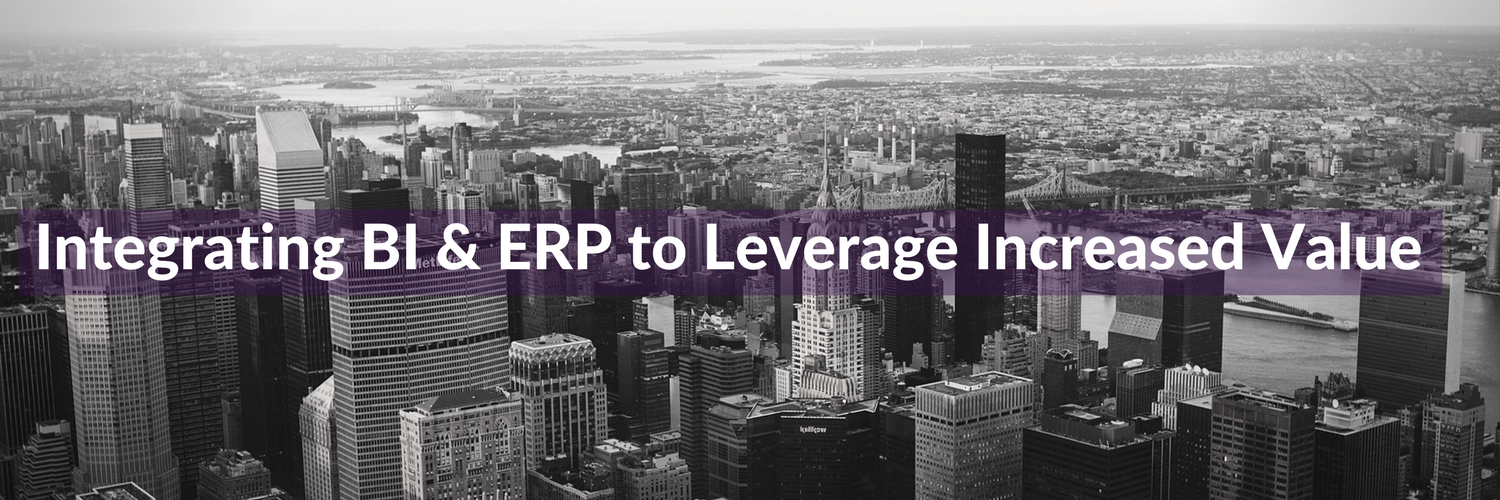
Broadly speaking, Business Intelligence (BI) can be defined as the transformation of raw data into meaningful metrics reflective upon historical, current and predictive business operations and performance.
In the past, BI-related activities were performed through manually gathering data from multiple sources, manipulating the data in spreadsheets, with an output of a mere static report. Multiply that effort by the number of different functional areas within an organization and the result is countless hours of report generation whereby the time it is delivered, could very well be obsolete. Today, ERP solutions come with integrated BI modules that enable organizations to provide dynamic reporting, providing end users with exactly what they want to see, when they want to see it.
Real-time data allows for fast decision-making
One of the most visible benefits of BI software that integrates with an ERP system is its ability to give managers a real-time look at the data they need to make intelligent decisions in the short and long terms. For example, a production manager in a manufacturing environment will want to keep a close watch on the floor’s scrap rate.
With a quick glance at the dashboard, he or she will be able to see the floor’s scrap rate in real time, since workers will be entering that data as it occurs. Should the rate reach an unacceptable level, the production manager can halt the process and identify the root cause before too much time and material is wasted. This data can then be applied to long-term analysis to help identify trends and opportunities for process improvement.
Moving beyond traditional reporting
Another area where BI software can have a transformative effect on a business is in reporting. Modern BI software goes beyond the rudimentary reporting functions businesses used in the past by creating a more dynamic environment for users to manipulate data as needed. Traditionally, reporting was a static process – business leaders could get a snapshot of where a certain data set stood at the end of a specific day or week.
BI puts all of the collected data at the user’s fingertips in a way that makes sense for each individual stakeholder. This allows for a real-time look at data without having to pull it out of the system, enter it into a spreadsheet and create a report. BI integrated with an ERP system allows any user, whether it’s a line manager or C-level executive, to quickly access a customized dashboard loaded with intuitive data visualisations on the most relevant KPIs, with an ability for ad hoc reporting.
BI also brings a high level of consistency to the reporting process. With traditional reporting, if a sales executive needs all of his or her regional managers to deliver a report on sales for the quarter, it’s likely that each report will differ in terms of format and the source of how that data was collected. The executive must then put these pieces together, which could lead to errors and a lot of wasted time. By using BI software that is integrated with an ERP system, each manager will be working with the same data set and be able to deliver similarly formatted reports… or potentially even eliminate the need to deliver such reports, since the executive could access and summarize that data directly.
When it’s integrated with an ERP platform, BI gives organizations a user-centric visibility into their data that spreadsheets or siloed software systems alone could never achieve.

